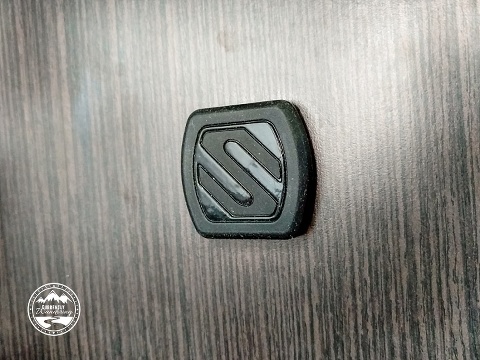
Smartphones are a full-time traveler’s best friend, providing music, navigation, email, social media, a camera, and occasionally even phone calls. Of all the places we put our phone on a daily basis, there are two more important than most. We have a car mount that holds the phone in a good place for navigation, and…

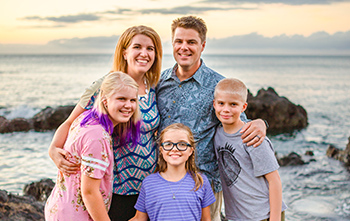







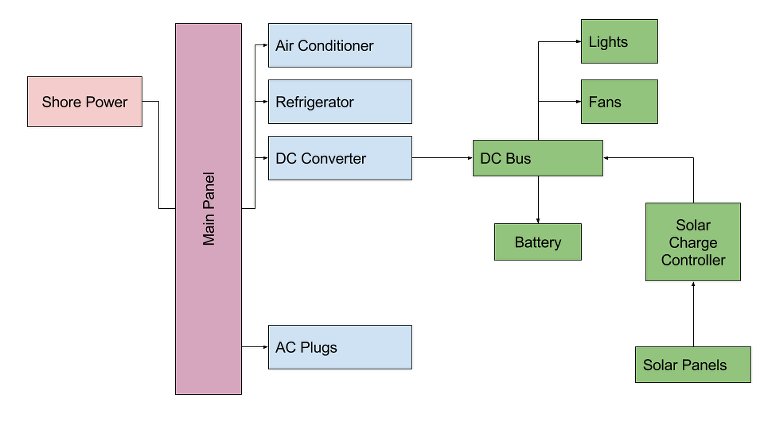




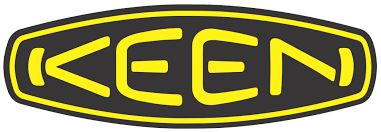




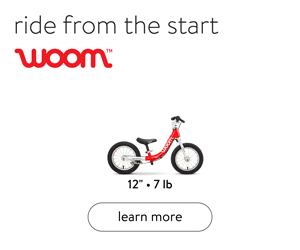


In the photo i see you’ve attached the magnetic portion of the mount to the wall. Did you buy the whole mount and remove the magnetic part and tape it to the wall? I don’t see that these are sold separately.
Thanks for all your help and tips. Absolutely invaluable to a new AirStream owner. You’ve done all the trial and error!
You are welcome! I’m not quite sure I understand the question though. There’s links in the post to both the car mount one (dash mount), and the one we attached to the wall (flush mount).